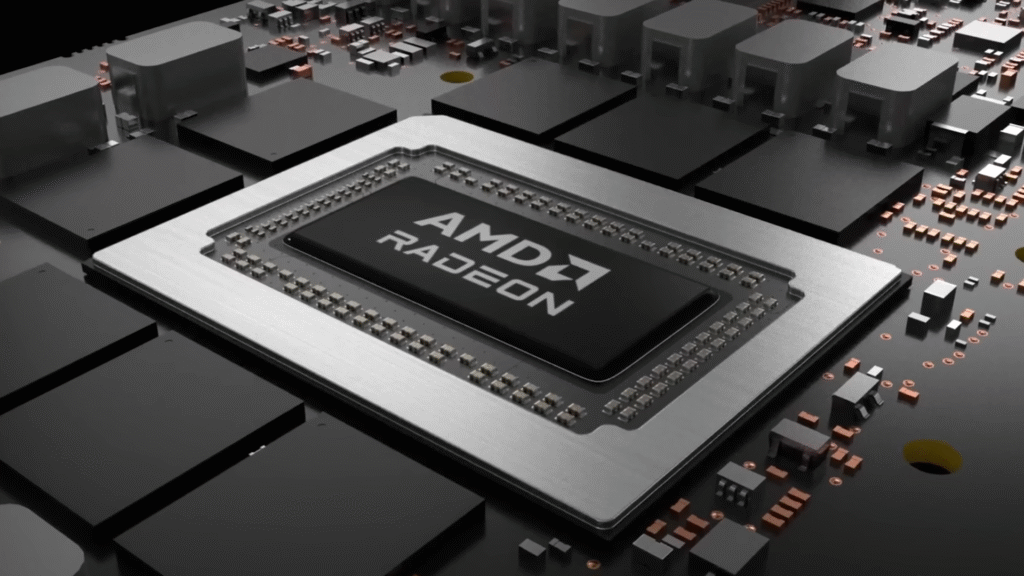seniorspectrumnewspaper – AMD is collaborating with the US Department of Energy (DoE) to develop cutting-edge sovereign AI supercomputers at Oak Ridge National Laboratory (ORNL). This collaboration is part of the DoE’s push to create AI infrastructure with a focus on national security, energy, and scientific research. The term “sovereign AI” refers to a nation’s ability to build and manage AI systems using its own resources. Workforce, and technology infrastructure. The DoE plans to use these supercomputers to accelerate innovation in critical areas such as energy. Medicine, health, and national security.
Read More : Snapdragon 8 Elite Gen 6 Qualcomm’s Next Powerhouse Chip
The DoE’s Lux and Discovery supercomputers, both powered by AMD technologies, will play a pivotal role in this initiative. These supercomputers will be developed by Hewlett Packard Enterprise (HPE) and represent a major leap forward in AI capabilities for the United States. The Trump administration’s AI Action Plan has set the groundwork for these systems. Which will make the US a global leader in deploying AI technologies to solve complex problems.
AMD’s involvement in this project is significant. The company’s hardware, including its Instinct GPUs, EPYC CPUs, and Pensando networking technologies, will power these supercomputers. The Lux supercomputer, slated for deployment in 2026. Will be the first of its kind to serve as the US AI Factory. This system will offer the DoE an early and decisive advantage in the race for AI-driven scientific progress. According to AMD, Lux will enable the DoE to fulfill its immediate AI needs and provide new opportunities for accelerating research and development in various sectors.
The Discovery Supercomputer: Paving the Way for Future Breakthroughs
In addition to Lux, AMD is developing the Discovery supercomputer, which will feature even more advanced technologies. Discovery will run on AMD’s next-generation EPYC CPUs, codenamed “Venice,” and the new MI400 Series accelerators. The system is designed to address some of the most pressing challenges in scientific research and national security.
Set to become operational by 2029, Discovery is expected to make groundbreaking contributions to fields like nuclear energy and advanced computing. The system will focus on making nuclear energy safer, cheaper, and more efficient. While also pushing the limits of AI for national security and other critical applications. Oak Ridge National Laboratory’s director, Stephen Streiffer. Emphasized that Discovery will accelerate scientific innovation in ways that were not possible before. Unlocking new potential in energy and beyond.
Read More : OpenAI Set to Launch AI Music Tool for Creative Innovation
Both Lux and Discovery will mark a new era in AI research, powered by AMD’s state-of-the-art hardware. The projects demonstrate the growing importance of AI-driven technologies in solving global challenges and highlight the US’s commitment to advancing its sovereign AI capabilities. As these supercomputers take shape over the next few years, they will likely play a crucial role in shaping the future of energy. Healthcare, and national defense, positioning the US as a leader in the global AI race.


